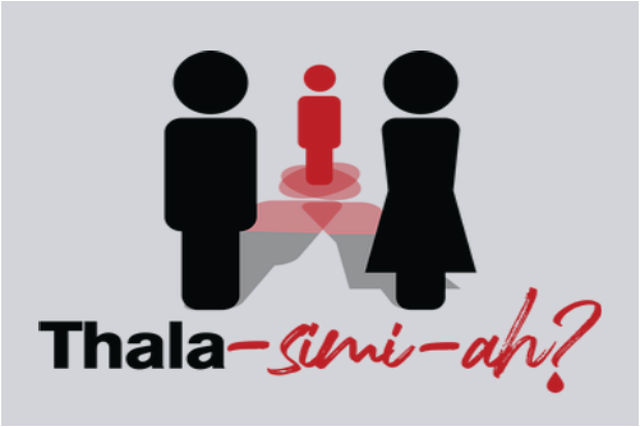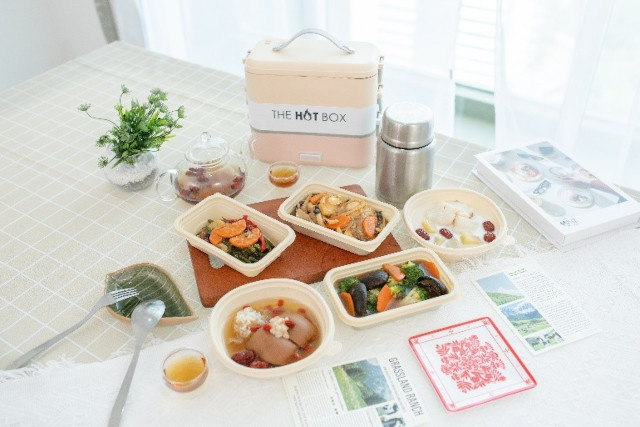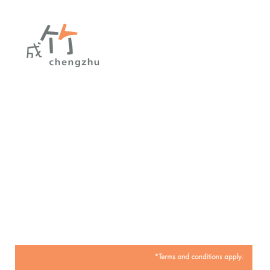Have you heard of Thalassaemia? We haven’t heard of this term until the campaign, Thala-SIMI-AH, by four final-year students from Nanyang Technological University (NTU)’s Wee Kim Wee School of Communication and Information (WKWSCI).

Based on statistics from the National Thalassaemia Registry, about 1 in 20 Singaporeans, or 5% of the local population, are estimated to be Thalassaemia carriers. However, as of 2019, only 45,717 individuals have been registered, meaning that there may be over 200,000 Singaporeans who are presently unaware that they are carriers of Thalassaemia trait.
So What is Thalassaemia?
• An inherited blood disorder caused by changes in the genes which affects the production of haemoglobin, the protein present in red blood cells which is responsible for oxygen transportation in the body.
• An individual with Thalassaemia is unable to produce normal, functioning haemoglobin and suffers from result anaemia, a deficiency of healthy red blood cells.
• There are 2 main forms of Thalassaemia – Thalassaemia Minor and Thalassaemia Major.
• Individuals with Thalassaemia Minor, also known as Thalassaemia carriers (or carriers of Thalassaemia trait), generally do not exhibit any symptoms or require any treatment and hence are likely unaware of their status.
• When both partners in a couple have Thalassaemia Minor, there is a 25% chance that their children may develop Thalassaemia Major and this chance remains consistent with each pregnancy.
• Individuals with Thalassaemia Major suffer from severe, life-threatening anaemia, usually resulting in poor growth and a shortened lifespan if left untreated.
• Treatment for Thalassaemia Major involves life-long regular blood transfusions to replenish the supply of healthy red blood cells in the body and iron chelation therapy to remove the excess iron generated by the eventual breakdown of the transfused red blood cells.
• At present, the only cure for Thalassaemia Major is a bone marrow or stem cell transplant but due to the high risk involved in the procedure and the difficulty in finding a suitable donor, most patients opt for treatment instead.
Thalassaemia in Singapore
• In Singapore, it is estimated that about 5% of the local population, or 1 in 20 Singaporeans, are Thalassaemia carriers and are therefore at risk of passing on the faulty gene(s) to their future children.
• As of 2019, only 45,717 individuals are registered with the National Thalassaemia Registry, which means that there may be over 200,000 Singaporeans who are currently unaware of their status as Thalassaemia carriers.
Thalassaemia Screening in Singapore
• Based on the guidelines laid out by the Registry, couples who are planning to get married or start a family should go for Thalassaemia screening.
• Thalassaemia screening is available in the form of a simple blood test at all local polyclinics.
• If the individual tests positive at the polyclinic, he or she will be referred to the Registry for a subsidised DNA confirmation test.
• Individuals with a family history of Thalassaemia may proceed directly to the Registry for the subsidised DNA test (the family member with Thalassaemia must provide records of his or her status for verification).
• Individuals who are diagnosed with Thalassaemia Minor may receive free genetic counselling at the Registry, where the staff will inform them of their risks and available options so that they may be able to make informed family planning decisions.
By Thala-SIMI-AH, an NTU student-led campaign which aims to raise awareness about Thalassaemia.
* * * * *
Like what you see here? Get parenting tips and stories straight to your inbox! Join our mailing list here.
Want to be heard 👂 and seen 👀 by over 100,000 parents in Singapore? We can help! Leave your contact here and we’ll be in touch.
















































